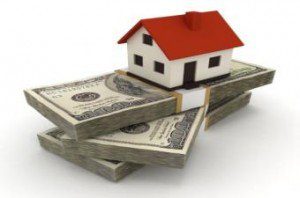 Recent studies have shown that homes located in areas with significant environmental hazards are more prone to foreclosure and decreased property values.
Recent studies have shown that homes located in areas with significant environmental hazards are more prone to foreclosure and decreased property values.
ATTOM Data Solutions released its third annual Environmental Hazards Housing Risk Index on February 16, which stated that one-fourth of 68.1 million single family homes and condos located in 8,642 ZIP codes are located in high or very high risk areas for at least one of four environmental hazards. These hazards include Superfund areas, brownfields, polluters, or poor air quality. Homes located in these ZIP codes have a combined estimated market value of $4.9 trillion, according to the index.
“Home values are higher and long-term home price appreciation is stronger in ZIP codes without a high risk for any of the four environmental hazards analyzed,” said Daren Blomquist, SVP at ATTOM Data Solutions. “Corresponding to that is a higher share of homes still seriously underwater in the ZIP codes with a high risk of at least one environmental hazard, indicating those areas have not regained as much of the home values lost during the downturn.”
A risk index for each of the four environmental hazards was calculated for each of the 8,642 ZIP codes, and the indexes were each divided into five categories of risk: Very Low, Low, Moderate, High, and Very High.
ZIP codes with the 10 highest Total Environmental Hazard Index values are located in Denver; San Bernardino, California; Curtis Bay, Maryland (in the Baltimore metro area); Santa Fe Springs, California (in the Los Angeles metro area); Fresno, California; Niagara Falls, New York; Saint Louis, Missouri; Mira Loma, California (in the Riverside-San Bernardino metro area); Hamburg, Pennsylvania (in the Reading metro area); and Tampa, Florida.
Over the last 10 years, median home prices have risen the most in Very Low risk ZIP codes, with the rise in prices lower in each subsequent category of higher risk. Median home prices in Very High risk ZIP codes are down 1.5 percent from 10 years ago.
Nevertheless, Blomquist said that investors still seem to buy properties in higher-risk areas.
“Environmental hazards likely impact owner-occupants more directly than investors, making the latter more willing to purchase in higher-risk areas,” he said.

 DSNews The homepage of the servicing industry
DSNews The homepage of the servicing industry









